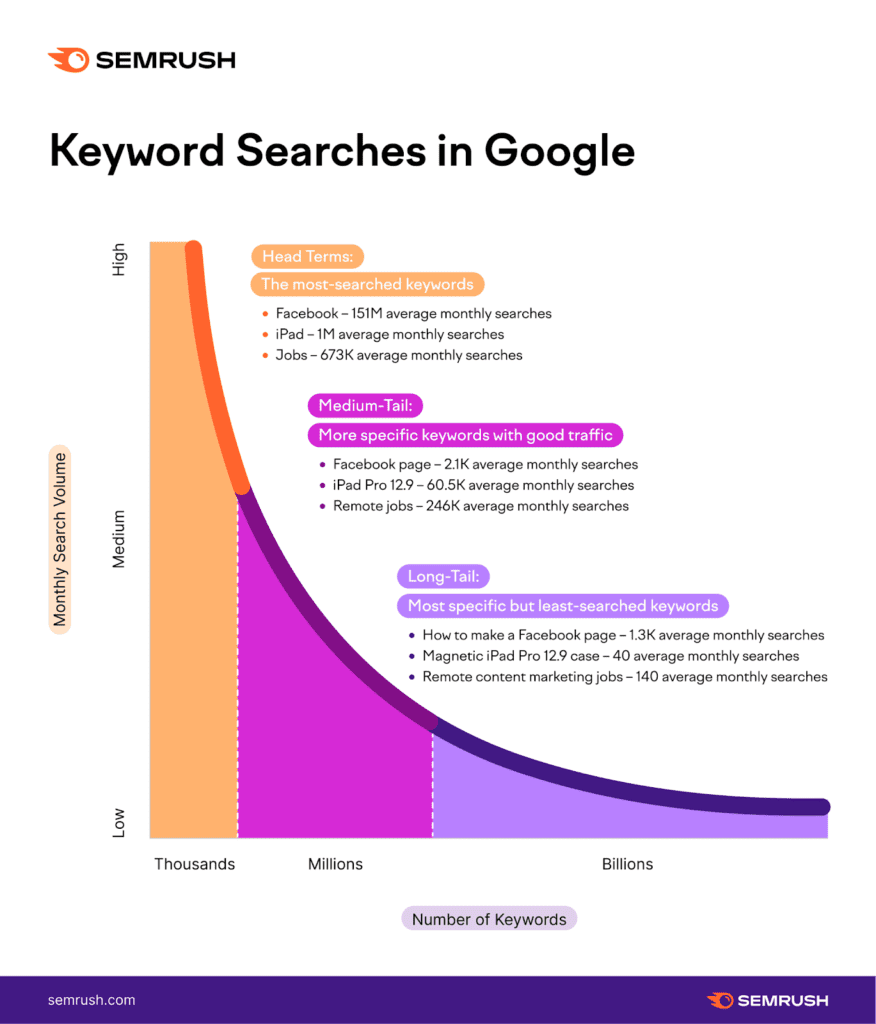Home » What do you need to balance when doing SEO?
In the dynamic world of digital marketing, Search Engine Optimization (SEO) emerges as a crucial strategy to enhance websites’ visibility and ensure they rank well on search engine results pages (SERPs).
However, SEO is not a one-size-fits-all approach. It requires a delicate balance of multiple components. Understanding and mastering this balance can significantly impact your website’s performance and organic traffic.
This blog dives into the critical elements you need to balance when doing SEO, offering insights and strategies for achieving optimal results.
What do you need to balance when doing SEO?
SEO is a complex puzzle, with each piece representing a different component of your strategy. To complete the puzzle, you must understand how these pieces fit together harmoniously.
Content Quality and Keyword Optimization
First and foremost, the balance between content quality and keyword optimization is crucial. Your content must be engaging, informative, and valuable to your audience. Yet, it must also be optimized for relevant keywords to be discoverable.
The trick is easy: mix awesome content with the right keywords. Let’s break it down into simple steps to make your website or blog pop!
Step 1: Create content that grabs attention. Think about what your readers love or need help with, and give it to them. Your articles, videos, or podcasts should be fun to read or watch and packed with helpful tips or information. The better your content, the more people will want to stick around and come back for more.
Step 2: Pick the Right Keywords. Now, think about what words people would type into Google when they’re looking for stuff like yours. These are your magic words, a.k.a. keywords. You don’t need a million of them. Just a few good ones that fit naturally into your content. Use tools like SEMrush to find which keywords can help you rank on Google.
Step 3: Mix Them Together. Here’s where the magic happens. Take those cool keywords and sprinkle them through your content like fairy dust. Put them in your text’s titles, subheadings, and here and there. But remember, don’t overdo it. It should feel natural, like adding just enough salt to a meal.
Why Do This? It’s like throwing a party and ensuring the invitations reach the right people. Quality content keeps them entertained, and the right keywords make sure they find your party in the first place. It’s a match made in heaven to get more clicks, likes, and shares.
Focusing on great content and smart keyword use is not just about playing the SEO game. You’re creating something valuable that people want to read and share. And that’s how you win both in search rankings and in your readers’ hearts.
Striking this balance ensures your content satisfies user intent while being visible on search engines.

User Experience (UX) and Mobile Optimization
With the increasing prevalence of mobile devices, balancing user experience (UX) and mobile optimization has never been more critical. A website that offers a seamless, intuitive UX on desktop and mobile platforms alike is more likely to retain visitors and perform better in search rankings. Google’s mobile-first indexing underscores the importance of mobile-friendly design in SEO.
Here’s a simple guide to keeping visitors happy and sticking around, whether they’re on a desktop or scrolling on their smartphone.
Step 1: Think Like a Visitor. Imagine visiting your website for the first time but on a tiny screen. What would annoy you? What would make you happy? A site that’s easy to navigate and understand wins hearts. Make everything from clicking buttons to reading articles feel like a breeze.
Step 2: Mobile-Friendly is Key. Google loves mobile-friendly websites more than ever, so it’s not just about looking good; it’s about being found. Ensure your site looks awesome and works perfectly on all devices. This means fast loading times, text that’s easy to read without zooming, and buttons big enough for fingers, not just mouse pointers.
Why This Matters: In today’s fast-paced digital world, patience is thin, and attention spans are even thinner. A site that’s a chore to use on a phone will lose visitors fast. On the other hand, a mobile-optimized site with a fantastic user experience (UX) is like rolling out the red carpet for your visitors. It’s inviting, easy, and enjoyable, making them want to stay, explore, and even return for more.

On-page SEO and Off-page SEO
SEO can be divided into on-page and off-page strategies. On-page SEO involves optimizing individual web pages to rank higher, including content creation and keyword placement. On the other hand, off-page SEO refers to actions taken outside of your website to impact your rankings, such as backlinks. A balanced approach to on-page and off-page SEO is essential for a comprehensive SEO strategy.
For more information about off-page SEO, read our blog on Why Off-Page SEO Services Maximize Your Visibility?
Technical SEO and Creative Elements
Technical SEO, which includes site speed, indexing, and crawlability, must be balanced with the creative elements of your website, such as design and content. A technically optimized site without engaging content or an attractive design will not hold visitors’ interest. Conversely, a beautifully designed site that is not technically optimized will struggle to rank well on search engines.
Read our article on Why Website Page Speed Matters for more information about how technical SEO impacts SEO.
Short-term Gains and Long-term Strategy
SEO is not just about immediate results. It’s also about planning for the future. Balancing short-term gains, such as capitalizing on trending topics, with a long-term SEO strategy that builds a strong foundation is crucial. Sustainable SEO practices ensure your site remains relevant and competitive over time. Don’t let your previous content sleep. Continuously work on it and improve it to reach the top page on Google.
SEO and Other Marketing Channels
Finally, it is vital to balance SEO with other marketing channels, such as social media, email marketing, and pay-per-click (PPC) advertising. Integrating SEO with a broader marketing strategy can amplify your online presence and drive more targeted traffic to your site.
FAQs
What is the importance of keyword optimization in SEO?
Keyword optimization ensures that your content is discoverable by users searching for topics related to your niche, increasing your visibility on search engines.
How does mobile optimization affect SEO?
Mobile optimization improves the user experience on mobile devices, a significant ranking factor for search engines, especially after Google adopted mobile-first indexing.
What is the difference between on-page and off-page SEO?
On-page SEO focuses on optimizing elements within your website, while off-page SEO involves strategies outside your website, like building backlinks, to improve your site’s search ranking.
Can technical SEO impact my site’s user engagement?
Yes, technical SEO factors like site speed and mobile responsiveness directly impact user engagement by influencing how easily and quickly users can access and interact with your site.
How can I balance SEO with other marketing strategies?
Integrate SEO goals with other marketing channels, ensuring consistent messaging and leveraging insights across platforms for a cohesive marketing strategy.
Conclusion: What do you need to balance when doing SEO?
Balancing the various elements of SEO is crucial for developing an effective digital marketing strategy. From intertwining content quality with keyword optimization to harmonizing technical SEO with creative efforts, each aspect is pivotal in enhancing your website’s visibility and user engagement. By mastering the art of SEO balance, you can create a robust online presence that ranks well on search engines and genuinely resonates with your target audience.